By : Islam Yousry
Let me tell you something: The employee isn’t just a pawn on a chessboard; they’re the player who can win or lose you the game. Do you treat them like you treat your customers? If the answer is no, you risk losing them to more enticing competitors.
The Gap: Between What You Wish and What Happens
Companies strive to create fantastic employee experiences, yet they often find themselves caught in the trap of nice-sounding rhetoric. They promise an “innovative” environment while their policies resemble chains of iron. When employees are invited to be creative but are barred from making simple decisions, it highlights the gaping chasm between expectations and reality.
The Consequences: When Neglect Takes Its Toll
Employer Positioning Strategy isn’t just buzzwords; it’s a holistic framework to make employees feel like more than just a number in a payroll sheet. Let’s explore the 7Es model:
Implementation: Practical Steps
Expected Outcomes: When the Magic Happens
Conclusion: Employees Are the New Customers
The 7Es Framework provides organizations with a structured approach to employer positioning strategy. By treating employees with the same strategic consideration as customers, organizations can build sustainable competitive advantage through their people practices. Success in today’s competitive talent market requires more than good intentions — it demands a systematic approach to creating and delivering compelling employee experiences.


Get in Touch
Cairo
East Lane, Plot number B- 340, El Banafseg 11, Cairo Governorate
Tel.: 002 0220 21615
Riyadh
Eastern Ring Branch Rd, Ar Rabwah.
Contact Us
[email protected]
Get in Touch
Riyadh
Eastern Ring Branch Rd, Ar Rabwah.
Cairo
East Lane, Plot number B- 340, El Banafseg 11, Cairo Governorate
Tel.: 002 0220 21615
©2024 I GoldinKollar I All Rights Reserved